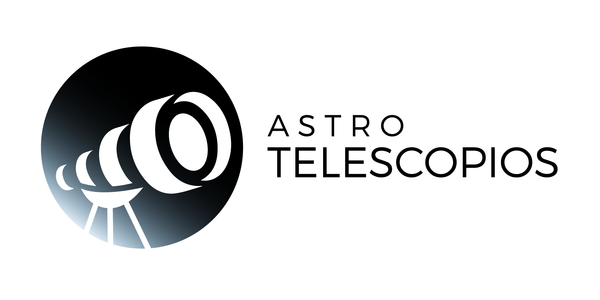
Astronomical Calendar for November 2024
November brings with it a sky full of fascinating astronomical events. From planetary conjunctions to meteor showers, this month promises spectacular moments for astronomy lovers. Here are the highlights of this month.
November 1: New Moon
The month begins with a new Moon, which means dark skies ideal for stargazing and planet-watching. It's the perfect time to explore the firmament without the interference of lunar brightness.
November 3-5: Conjunctions of the Moon with Mercury and Venus
During the first few nights of November, the slender crescent Moon will align with Mercury and Venus. These encounters will be visible just after sunset, especially between the 3rd and 5th. Mercury's proximity to the Sun makes it difficult to see, but Venus will shine brightly on the western horizon.
November 9: First Quarter Moon
The Moon will reach its first quarter phase on November 9, marking the halfway point of its journey toward fullness. This is a good time to observe details on the lunar surface, such as craters and mountains.
November 10-11: Conjunction of the Moon with Saturn
On the nights of November 10 and 11, the Moon will approach Saturn in the constellation Aquarius. This will be a special time to see the ringed planet, which will be stationary mid-month, stopping its retrograde motion. Unlike Venus, Saturn will be visible for much of the night.
November 15: Full Moon
The full moon will arrive on November 15, lighting up the night sky. Although the light of the full moon can interfere with the observation of fainter objects, it is a good time to admire the lunar brightness and its influence on Earth.
November 16-17: Leonid Meteor Shower
One of the most anticipated events of the month will be the peak of the Leonid meteor shower on the night of November 16-17. However, this year conditions will not be ideal, as the peak occurs shortly after the full Moon, which could make it difficult to see the fainter meteors. To increase your chances, try to observe in areas away from light pollution and with the Moon at your back.
November 17-21: Conjunctions of the Moon with Mars and Jupiter
Towards the end of November, the Moon will first align with Jupiter (November 17-18) and then with Mars (November 19-21). Jupiter will be visible most of the night with exceptional brightness, while Mars will also shine in the night sky.
November 23: Last Quarter
The month will end with the Moon in its last quarter on November 23, an ideal time for stargazing without much lunar interference.
Observation Conditions: Winter Time
With the arrival of winter time in the European Union, sunsets are coming earlier, offering more time for observation. For example, on November 15 in Madrid, the Sun will rise at 8:01 a.m. and set at 5:57 p.m., providing almost 10 hours of daylight. As we approach the winter solstice, the days will continue to get shorter.
This November, the sky offers us a varied and exciting astronomical show. Don't miss any of these events and enjoy the beauty of the universe!
